
Exploring the automotive world often reveals a treasure trove of unique and bizarre vehicles, each with its own story to tell. While some have faded into obscurity, their legacy remains intriguing. Here are seven unusual vehicles that once graced the roads but can no longer be found at your local dealership.
Amphicar Model 770
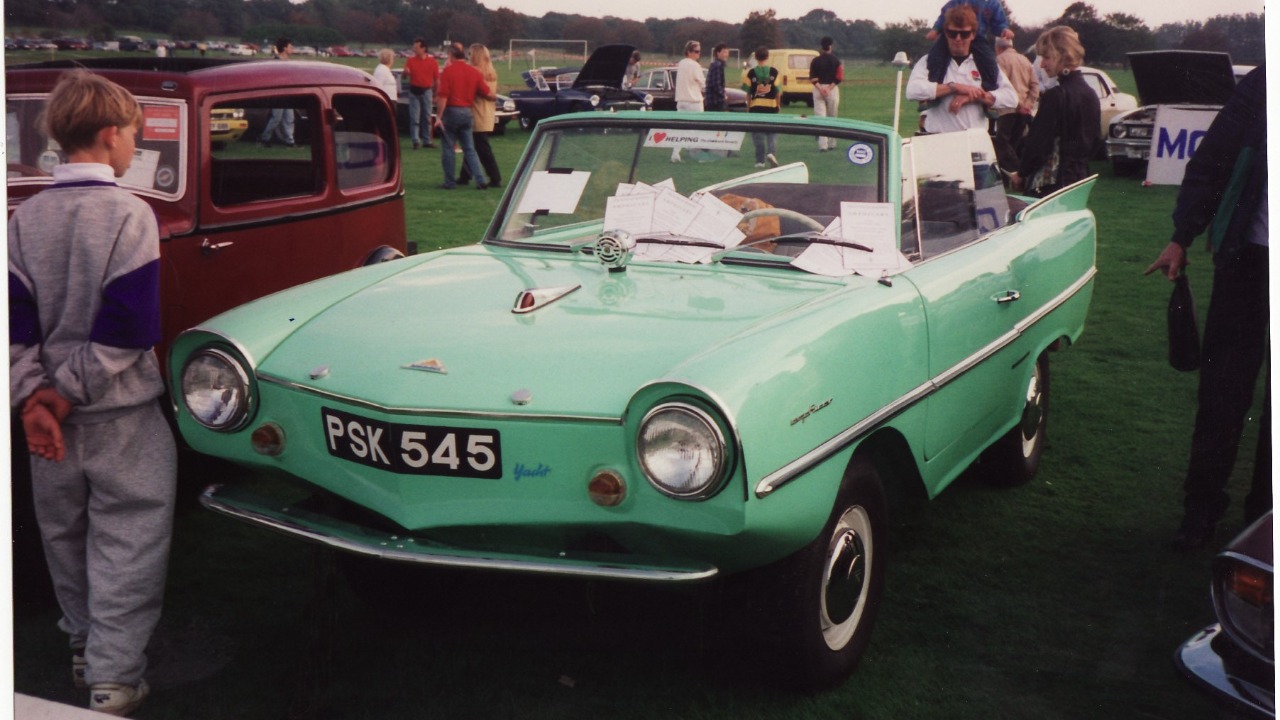
The Amphicar Model 770 was a curious blend of car and boat, produced in the 1960s in West Germany. Designed to navigate both land and water, it was equipped with a unique dual-propeller system that allowed it to transition seamlessly from road to river. While its performance on land was modest, its ability to float and drive in water made it a standout.
Despite its novelty, the Amphicar struggled to gain mass appeal, partly due to its limited speed and high maintenance demands. Today, it’s remembered fondly by enthusiasts who appreciate its quirky charm and the adventurous spirit it embodies. Collectors often seek out the few remaining models, keeping the amphibious dream alive.
Messerschmitt KR200
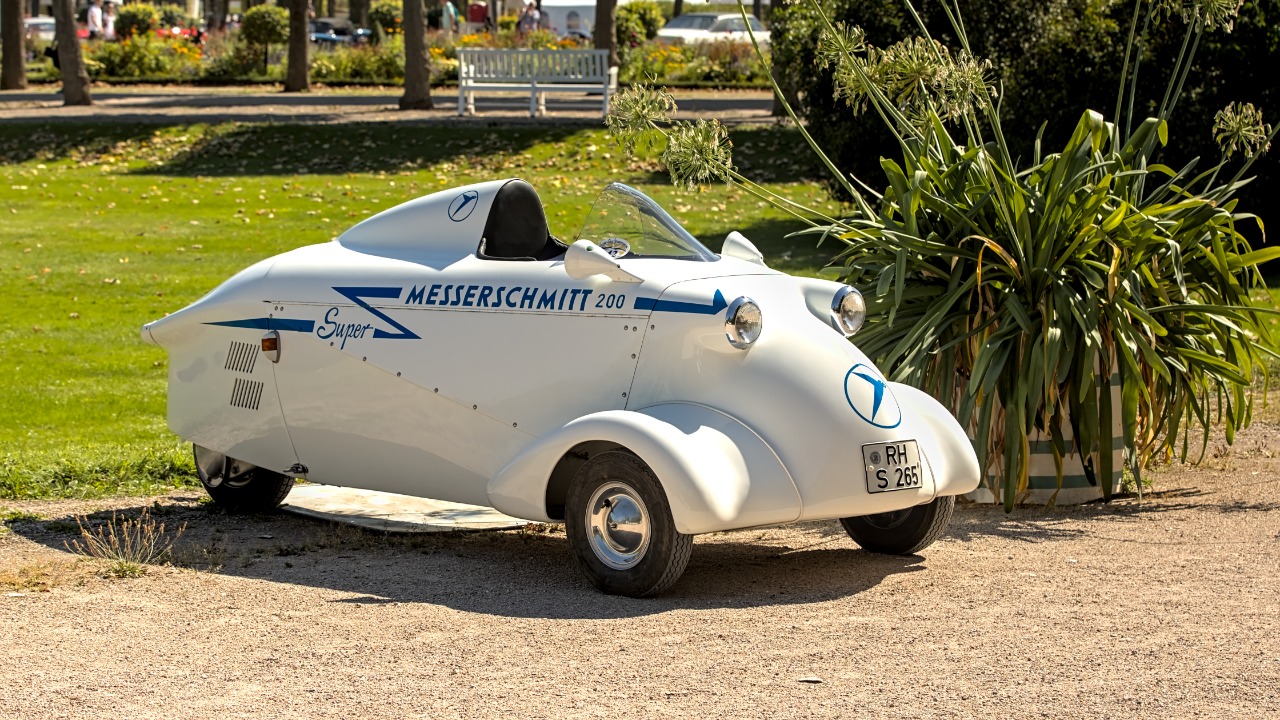
The Messerschmitt KR200 was a post-war marvel, created by a German aircraft manufacturer. Its compact, three-wheeled design was a response to the economic constraints of the era, offering an affordable and efficient means of transportation. The KR200 featured a distinctive bubble canopy and tandem seating, giving it a futuristic look.
Though small, the KR200 was surprisingly nimble and could reach impressive speeds for its size. However, its unconventional design limited its appeal, and production ceased in the mid-1960s. Today, the KR200 is a beloved relic of automotive history, celebrated for its innovative approach to personal transport.
DeLorean DMC-12
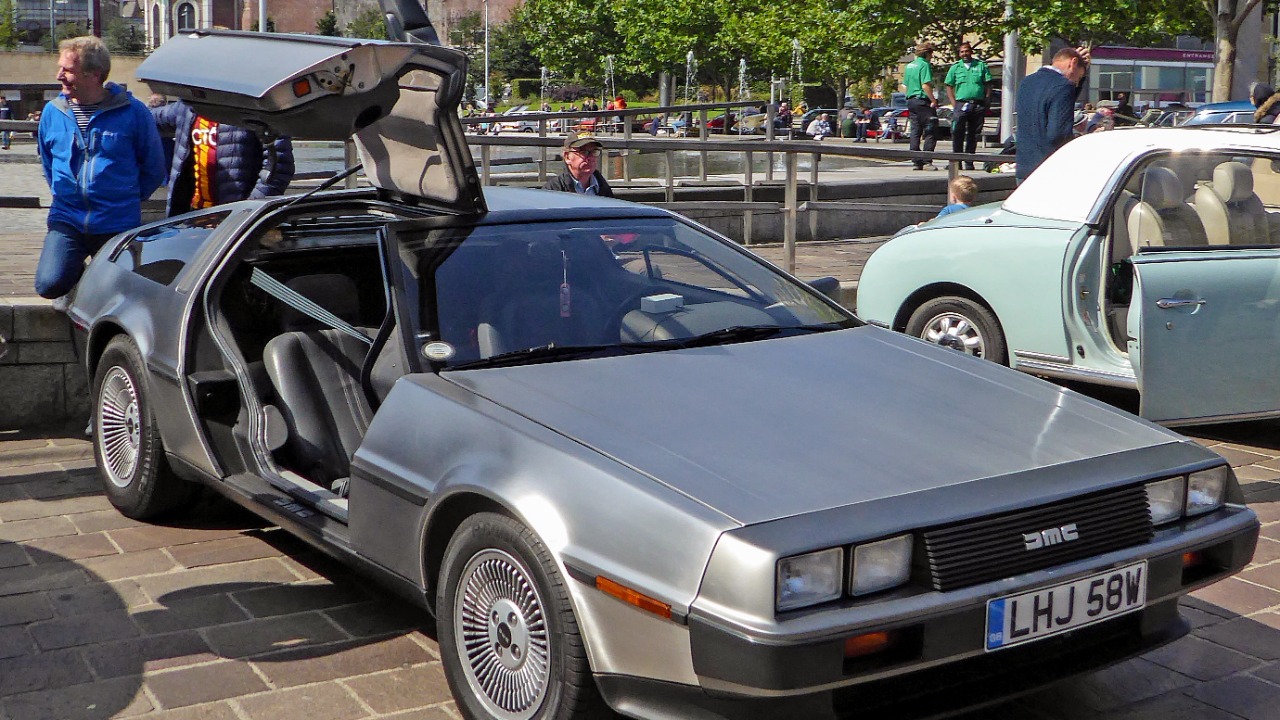
The DeLorean DMC-12 became an icon, thanks in no small part to its starring role in the “Back to the Future” films. With its stainless steel body and gull-wing doors, the DMC-12 was a head-turner. Designed by John DeLorean, it promised both style and performance but faced numerous production challenges.
Despite its cinematic fame, the DMC-12 struggled in the market due to financial troubles and quality control issues. Production lasted only from 1981 to 1983, making it a rare find today. Enthusiasts and collectors often seek out this piece of movie history, keeping the DeLorean legend alive.
Peel P50
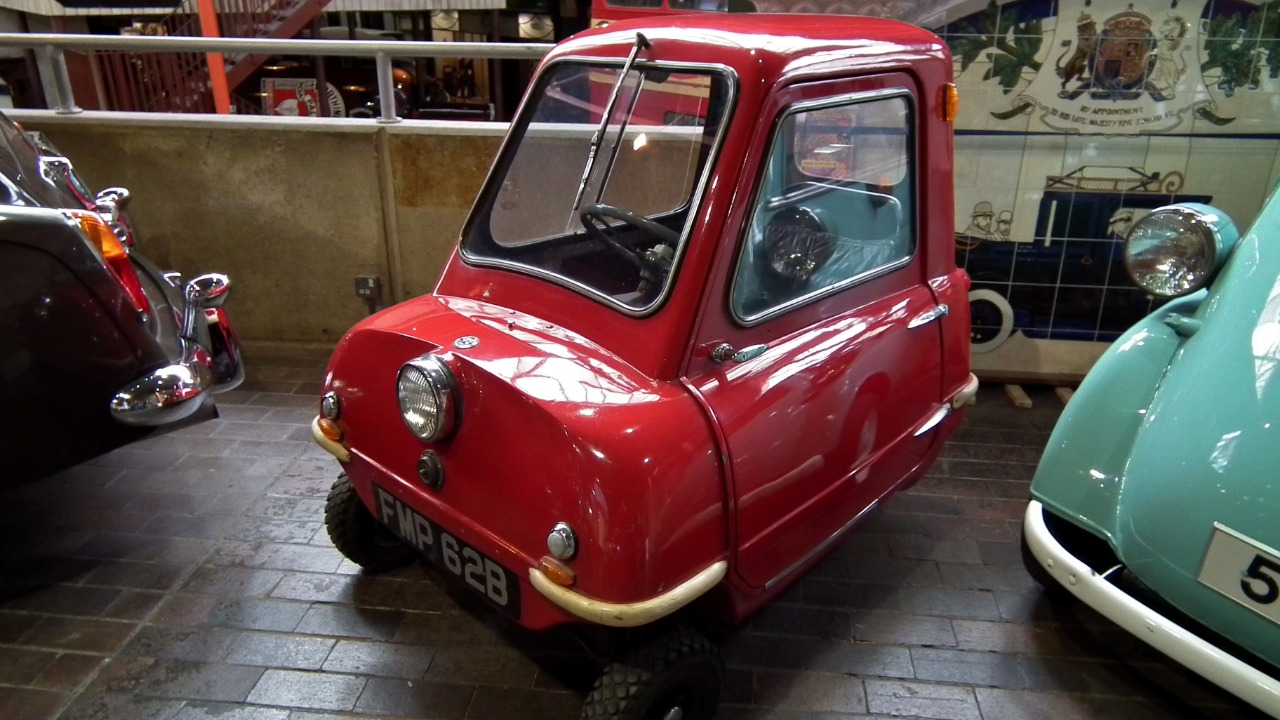
The Peel P50 holds the title of the world’s smallest production car, measuring just 54 inches long and 39 inches wide. Manufactured on the Isle of Man in the early 1960s, this tiny vehicle was designed for city driving, offering a unique solution to urban congestion.
With seating for one adult and a small bag of groceries, the P50 featured a single door and relied on a handle to reverse. While its practicality was limited, its charm was undeniable. The P50 has since become a collector’s item, cherished for its quirky design and historical significance in the evolution of microcars.
Pontiac Aztek
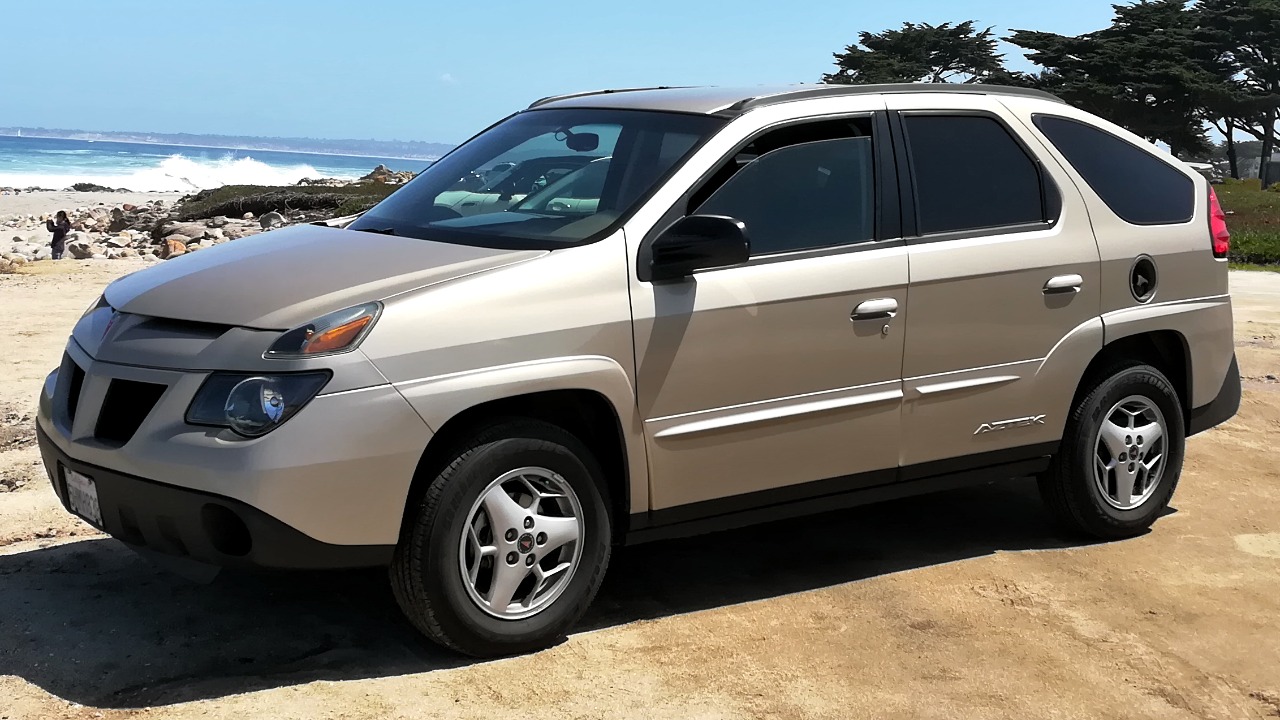
The Pontiac Aztek is often remembered as one of the most polarizing designs in automotive history. Launched in 2000, its bold styling and SUV-minivan hybrid concept aimed to appeal to adventurous drivers. The Aztek offered practical features, such as a removable cooler and versatile cargo space, but its unique appearance divided opinion.
Despite its initial lukewarm reception, the Aztek has experienced a resurgence in interest, partly due to its prominent role in the TV series “Breaking Bad.” It remains a symbol of early 2000s automotive ambition, often featured in discussions about weird yet innovative vehicle design.
Tucker 48
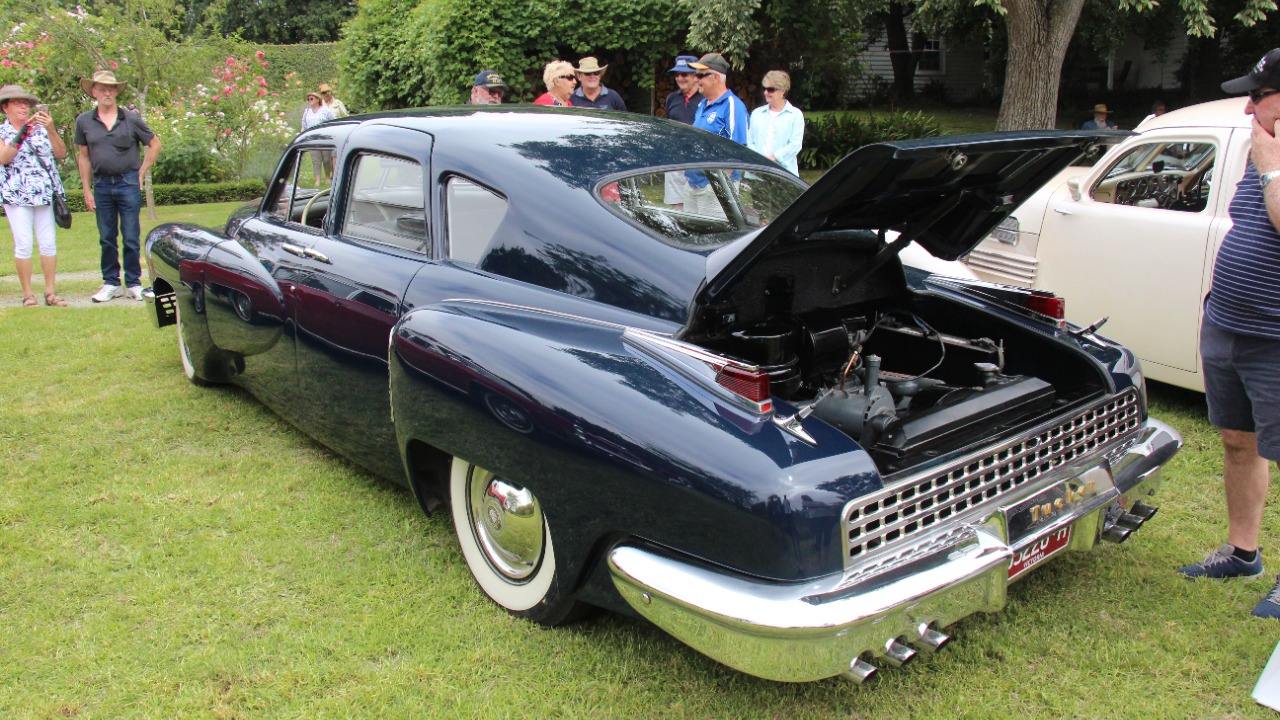
The Tucker 48 was a visionary vehicle, conceived by entrepreneur Preston Tucker in the late 1940s. It boasted numerous advanced features, including a rear-mounted engine, a safety-focused design, and a distinctive “Cyclops Eye” headlight that swiveled with the steering wheel.
Unfortunately, the Tucker 48 faced significant challenges, including financial constraints and legal battles, which led to its premature demise after only 51 units were built. Despite its short-lived production run, the Tucker 48 remains a symbol of innovation, inspiring automotive enthusiasts who dream of what could have been.
GM EV1
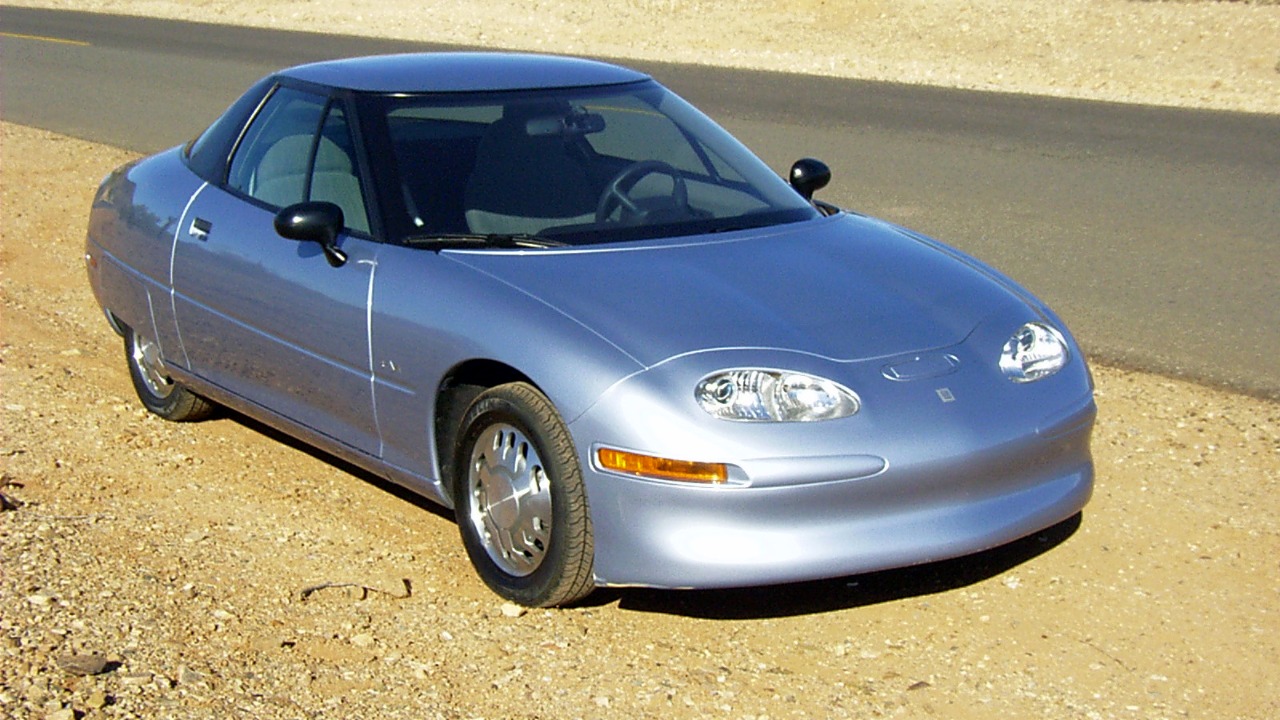
The GM EV1 was a pioneering electric vehicle, introduced in the mid-1990s as a response to growing environmental concerns. With its aerodynamic design and zero-emissions drivetrain, the EV1 was ahead of its time, representing a bold step toward sustainable transportation.
However, the EV1’s journey was cut short by a combination of high production costs and limited support from the automotive industry. Despite its potential, the program was discontinued, and most units were reclaimed and destroyed by GM. The EV1 remains a topic of discussion in the context of modern electric vehicles, highlighting the challenges and opportunities in the quest for greener cars.